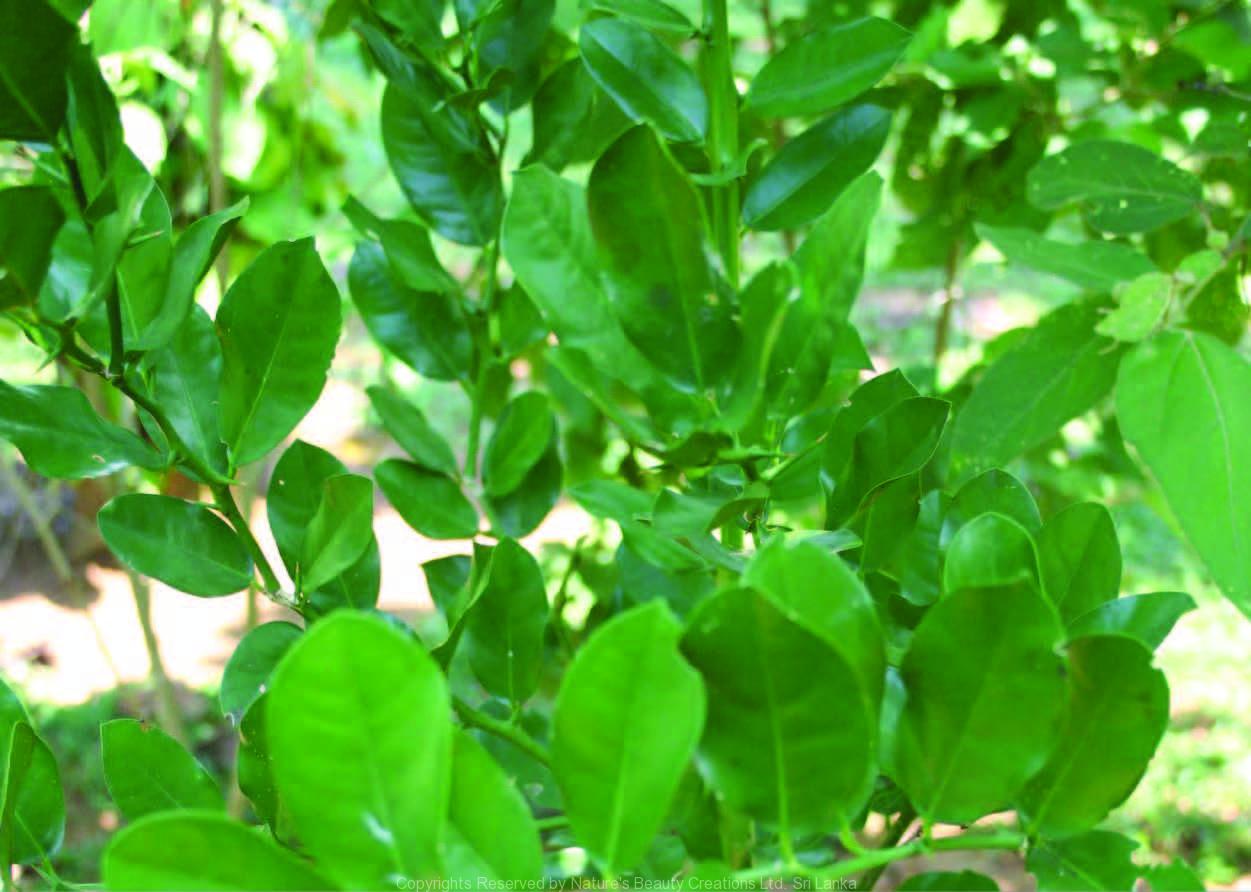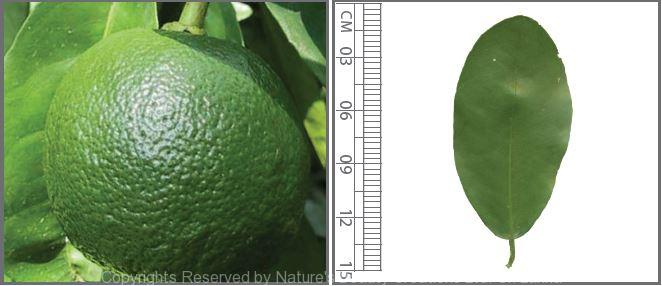

Traditional Knowledge
Useful plant parts :
Fruit and fruit rind
Uses in traditional medicine :
- Drink prepared from the fresh juice is given for cough and throat problems
- Paste prepared from the ground rind is applied on painful joints
- Acts as a blood purifier, antiscorbutic, stomachic and diuretic
- Used in the treatment of diabetes, liver and heart ailments and enlarged spleen due to malaria
- Ingredient in the preparation of various tinctures
Scientific Research
Chemical constituents:
Terpene: limonene from oil of exocarp; flavonoid glycoside: atripliside and other flavonid glycosides, β-sitoterol and a ceramide, phenolic acids and their derivatives from leaves and peel
Bioactivity :
Essential oil of peel: antibacterial; volatile oil from exocarp: fungi toxic; fruit peel extract: antithyrodial properties and protective action against diet-induced atherosclerosis, antioxidative; limonene: antifungal, antiaplatoxigenic, antioxidative
Clinical:
Note :
Fruits are edible
References : Anagnostopoulou, M. A. et al., (2005), Analysis of antioxidant compounds in sweet orange peel by HPLC–diode array detection- electrospray ionization mass spectrometry, Biomedical Chromatography, 19, 138-148 Anagnostopoulou, M. A. et al., (2006), Radical scavenging activity of various extracts and fractions of sweet orange peel (Citrus sinensis), Food Chemistry, 94(1), 19-25. Martos, M. V. et al., (2008), Antibacterial activity of lemon (citrus lemon L.), mandarin (citrus reticulata L.), grapefruit (citrus paradisi L.) and orange (citrus sinensis L.) essential oils, Journal of Food Safety, 28, 567-576. Parmar, H. S. and Kar, A., (2008), Antiperoxidative, Antithyroidal, Antihyperglycemic and Cardioprotective Role of Citrus sinensis Peel Extract in Male Mice, Phytotherapy Research, 22, 791-795. Parmar, H. S. and Kar, A., (2007), Protective role of Citrus sinensis, Musa paradisiaca, and Punica granatum peels against diet-induced atheroscle- rosis and thyroid dysfunctions in rats, Nutrition Research, 27, 710-718. Saleem, M. et al., (2010), Chemical constituents of Citrus sinensis var. Shukri from Pakistan, J Asian Nat Prod Res, 2(8), 702-6. Sharma, N. and Tripathi, A., (2006), Fungitoxicity of the essential oil of Citrus sinensis on post-harvest pathogens, World Journal of Microbiology and Biotechnology, 22(6), 587-593. Singh, P. et al., (2010) Chemical profile, antifungal, antiaflatoxigenic and antioxidant activity of Citrus maxima Burm. and Citrus sinensis (L.) Osbeck essential oils and their cyclic monoterpene, DL-limonene., Food Chem Toxicol., 48(6), 1734-40.
Copyrights Reserved By
Natures Beauty Creations




